Enter the fascinating world of slip casting, a technique that has been used for centuries to produce stunning pottery and ceramics. But what is slip casting? In simple terms, it is a method of creating ceramic pieces by pouring liquid clay, known as slip, into plaster molds to form intricate shapes and designs.
From understanding the composition of slip to mastering the delicate balance between mold preparation and pouring techniques, every step in this process contributes to the creation of unique ceramic pieces that are both functional and aesthetically pleasing. So join us on this journey as we explore What is Slip Casting in Ceramics?, unlocking the secrets behind this ancient yet ever-evolving art form that continues to captivate artists and enthusiasts.
What is Slip Casting? A Brief History
Ancient Egyptian, Greek, and Roman colorful cultural paintings have a strong connection to slip casting. China was familiar with this approach; the country’s culture is deeply rooted in the production of beautiful ceramic objects that effectively convey their long-standing customs and traditions.
Many modern manufacturing methods originated during Europe’s 18th and 19th century Industrial Revolution, a period of great invention and advancement. One of these techniques was slip casting, which involves creating complex pottery pieces in hollow molds using a liquid clay body slip. This method has skillfully been incorporated into the textiles of our common past.
Why Use Slip Casting Instead of Another Technique?
No other method promotes accuracy and consistency as much as slip casting does. Slip casting relies less on human mistakes and more on exact molds and calculated fluid viscosity, whereas throwing on a pottery wheel or hand-building clay involves more human touch and potential errors.
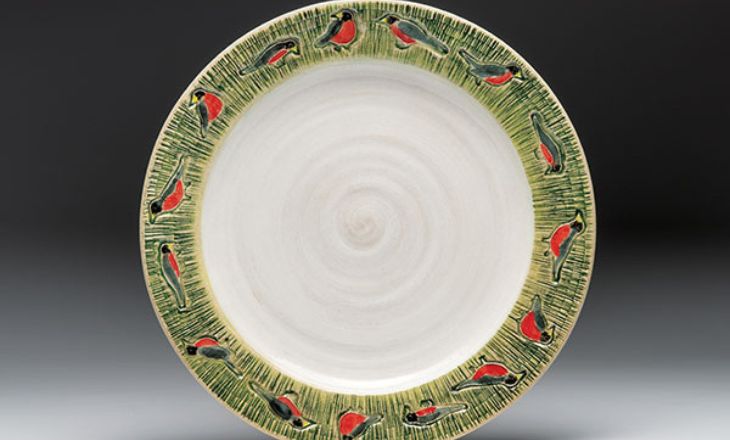
It is superior to other conventional methods in several ways, including:
Consistency: The fine pieces that are made have a consistent thickness and shape, which can be difficult to achieve using the regularly utilized hand molding processes.
Reproducibility: Slip casting stands out as the best method when trying to create many different kinds of identical things. The inventive method of slip casting makes large-scale creation nearly magically efficient.
Complex shapes: Slip casting is a rapid procedure that enables the manufacture of many parts simultaneously without sacrificing complexity or quality. This is in contrast to other labor-intensive methods that require careful precision for a single piece of crafting.
Cost-effectiveness: The procedure is affordable. The ability to create an endless number of products from a single mold is the key to this. You’re essentially building up a production line once you’ve fashioned your first mold, but you won’t have to pay extra for each drop.
The Slip-Casting Process
Slip-casting, a popular technique in ceramics production, involves pouring liquid clay (slip) into a plaster mold to create intricate and detailed forms. One fascinating aspect of this process is the versatility it offers in producing complex shapes and designs that may be challenging with other methods. The use of molds allows for consistency in form and size, making slip-casting ideal for creating multiples of the same object.
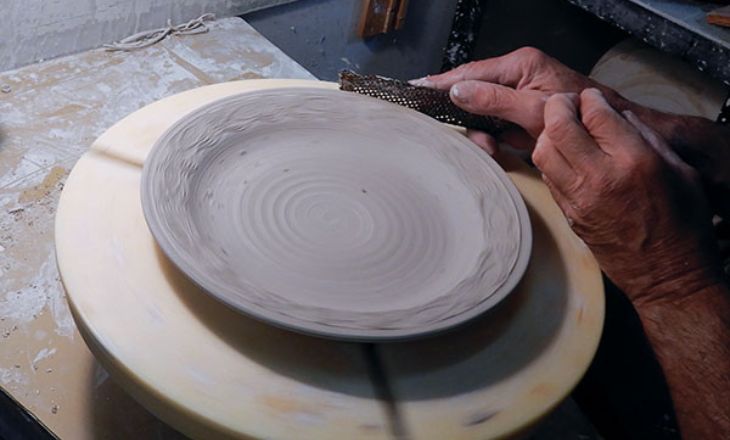
One important consideration during the slip-casting process is achieving the desired thickness of the ceramic piece. Controlling the viscosity of the slip and monitoring drying times are crucial steps to ensure uniform thickness and prevent cracking or warping. Artists and designers often experiment with different additives to alter the properties of the slip, such as increasing strength or adjusting color tones.
Slip Casting of Ceramics Steps
Let’s look at each step individually and learn more about each one.
The Mold-Making Process
Slip casting is a fascinating process that allows for the creation of intricate ceramic pieces with precise details. By pouring plaster into a box containing a cup surrounded by a layer of clay, the mold-making journey begins. This method ensures that the cup remains in place and prevents any unwanted floating during the pouring stage. Waiting patiently for the plaster to set before removing the box reveals a solid mold ready for slip casting.
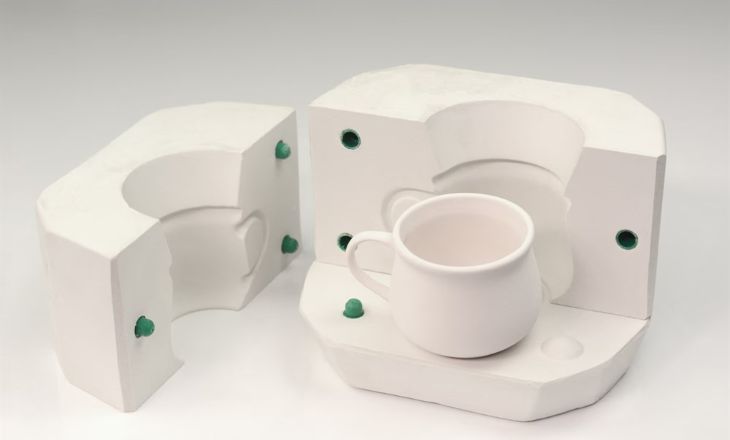
The beauty of slip casting lies in its ability to capture subtle textures and shapes, offering endless possibilities for creative expression. Through careful preparation and attention to detail, each step in the mold-making process contributes to the final outcome of the ceramic piece. By understanding these techniques and embracing experimentation, artists can bring their visions to life through the artful merging of tradition and innovation.
Cast formation
The cast formation process in slip casting is crucial for creating intricate and detailed ceramic pieces. Through this process, a plaster mold is used to shape liquid clay called slip into desired forms. One key aspect of cast formation is the careful application of multiple layers of slip into the mold, allowing each layer to dry before adding the next one. This technique ensures that the final ceramic piece will be strong and uniform in thickness.
Controlling the drying time and temperature during cast formation plays a significant role in determining the quality of the finished product. By carefully monitoring these factors, ceramic artists can prevent cracking or warping in their pieces. Experimenting with different types of molds and casting techniques can lead to innovative designs and textures in ceramic art.
Slip Drainage
Slip drainage is a critical yet often overlooked stage in the ceramic slip-casting process. As the plaster mold absorbs water from the slip, particles begin to settle and form a solid layer on the inside surface of the mold. This layer eventually thickens, creating a shell that holds the remaining slip in place while excess water drains out. The speed of this process is crucial, as it affects the thickness and strength of the final ceramic piece.
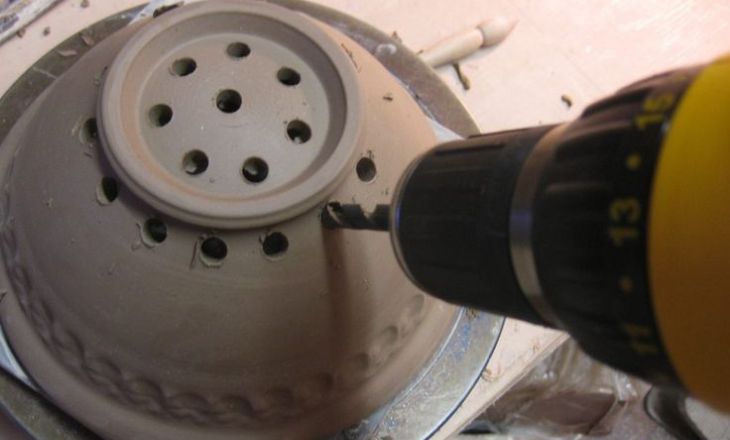
Controlling slip drainage can be challenging and requires careful monitoring of factors like room temperature and humidity levels. Different ceramic recipes may require varying drainage times to achieve optimal results. In some cases, artists deliberately prolong draining to create unique textures or designs on their ceramics.
Cast Drying
In ceramic slip casting, cast drying plays a crucial role in achieving the desired shape and quality of the final product. This stage involves allowing the molded ceramic piece to dry slowly and evenly, helping to prevent cracking or warping. By controlling the rate of drying, manufacturers can ensure that the piece retains its intended form and dimensions.
One key aspect of cast drying is that it helps to remove excess moisture from the ceramic slip, promoting proper adhesion between particles as they bind together during firing. This careful drying process also helps minimize defects such as shrinkage or deformation, resulting in a more uniform and structurally sound ceramic piece. By implementing controlled drying methods, manufacturers can improve overall efficiency in production by reducing wastage and rework due to improper drying techniques.
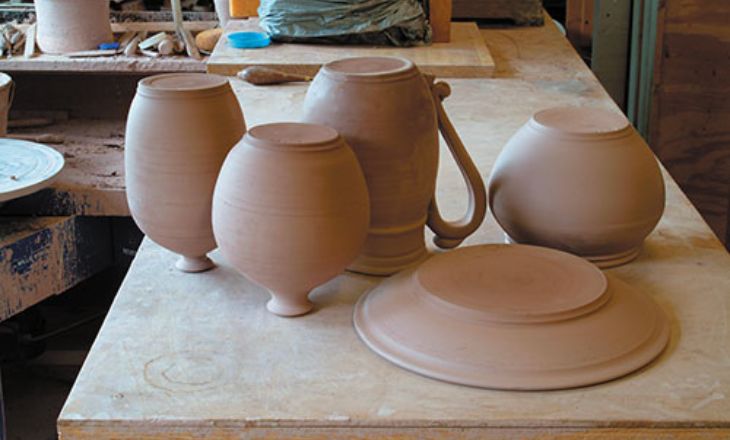
Cast drying is a critical step in the slip-casting process that directly impacts the quality and integrity of the final ceramic product. By understanding how this stage influences properties like strength and aesthetics, manufacturers can optimize their processes for more consistent results while maintaining high standards of craftsmanship.
Taking Out the Greenware from the Mold
This delicate process requires a steady hand and a keen eye for detail. Gentle yet firm movements are needed to ensure that the greenware is removed intact without any cracks or deformities. The anticipation builds as the mold is carefully opened, revealing the intricate details of the freshly cast piece.
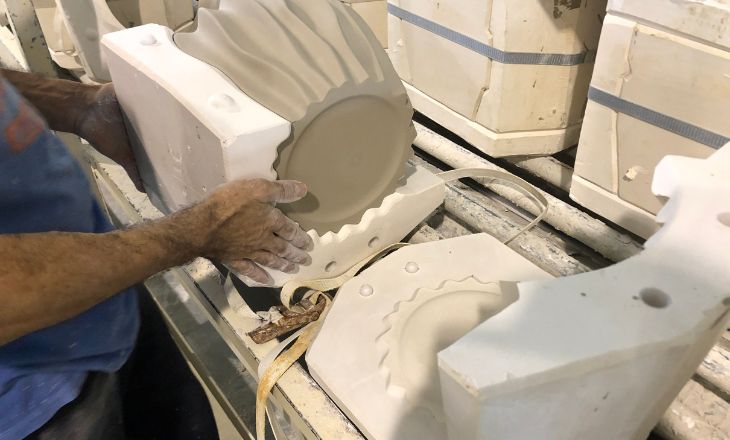
One must approach this step with patience and caution, understanding that even the smallest misstep could result in hours of work gone awry. Each piece of greenware holds endless possibilities, waiting to be transformed into a finished masterpiece. As the greenware is carefully lifted out of its mold, one can’t help but feel a sense of accomplishment and pride in their skillful handling of this crucial stage in the ceramic-making process.
Greenware Drying
Greenware drying is a crucial step in the ceramic slip-casting process, as it involves removing excess moisture from the newly formed clay object before firing. A common technique used in greenware drying is slow air drying, where the ceramic piece is left uncovered in a controlled environment to gradually release moisture without causing stress to the material.
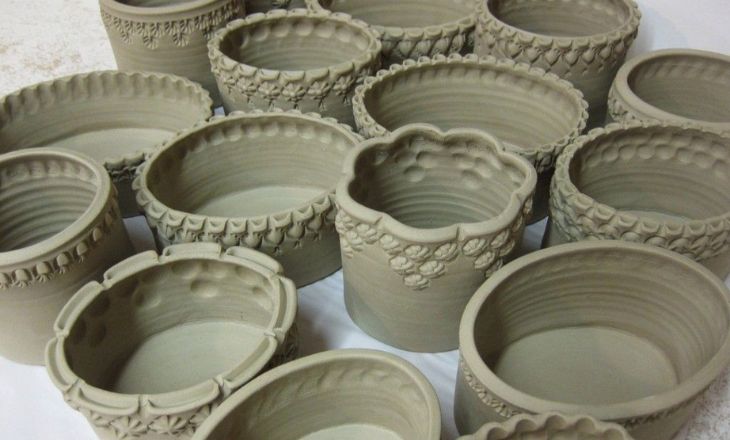
In recent years, advancements in technology have introduced new methods for greenware drying, such as using dehumidifiers or specialized equipment to speed up the process while maintaining quality. These innovations have revolutionized traditional ceramic production practices, allowing for more efficient and consistent results.
Conclusion
Slip casting is a versatile and efficient technique used in the production of ceramics and pottery. By pouring liquid clay into molds and allowing it to set, intricate and detailed pieces can be created with consistency and precision. This method has been practiced for centuries and continues to be popular among artists and manufacturers for its ability to create complex shapes and designs.
Understanding the variation of slip casting, such as proper mixing ratios and mold preparation, is crucial for achieving successful results.
FAQs
What Are The Benefits Of Slip Casting?
The slip-casting process has several advantages, including cost-effectiveness, speed, creativity, and consistency in quantity. It can also be used to make complicated patterns that are consistently thick.
What Is The Definition Of Slip Casting In Ceramics?
The crucial step is to fill a plaster mold with slip. An amazing transformation occurs as the mold collects moisture from the slip; it changes from a fluid state to a solid state, absorbing all of the details embedded into its plaster shell.
What Do You Use For Slip Casting?
Liquid suspension, or “slip,” is placed into porous molds in place of regular lump clay. The mold leaves behind a thick clay shell that replicates the shape of its container as it absorbs the water. When it dries, wow! Your perfectly symmetrical ceramic object is now prepared for firing and glazing.
